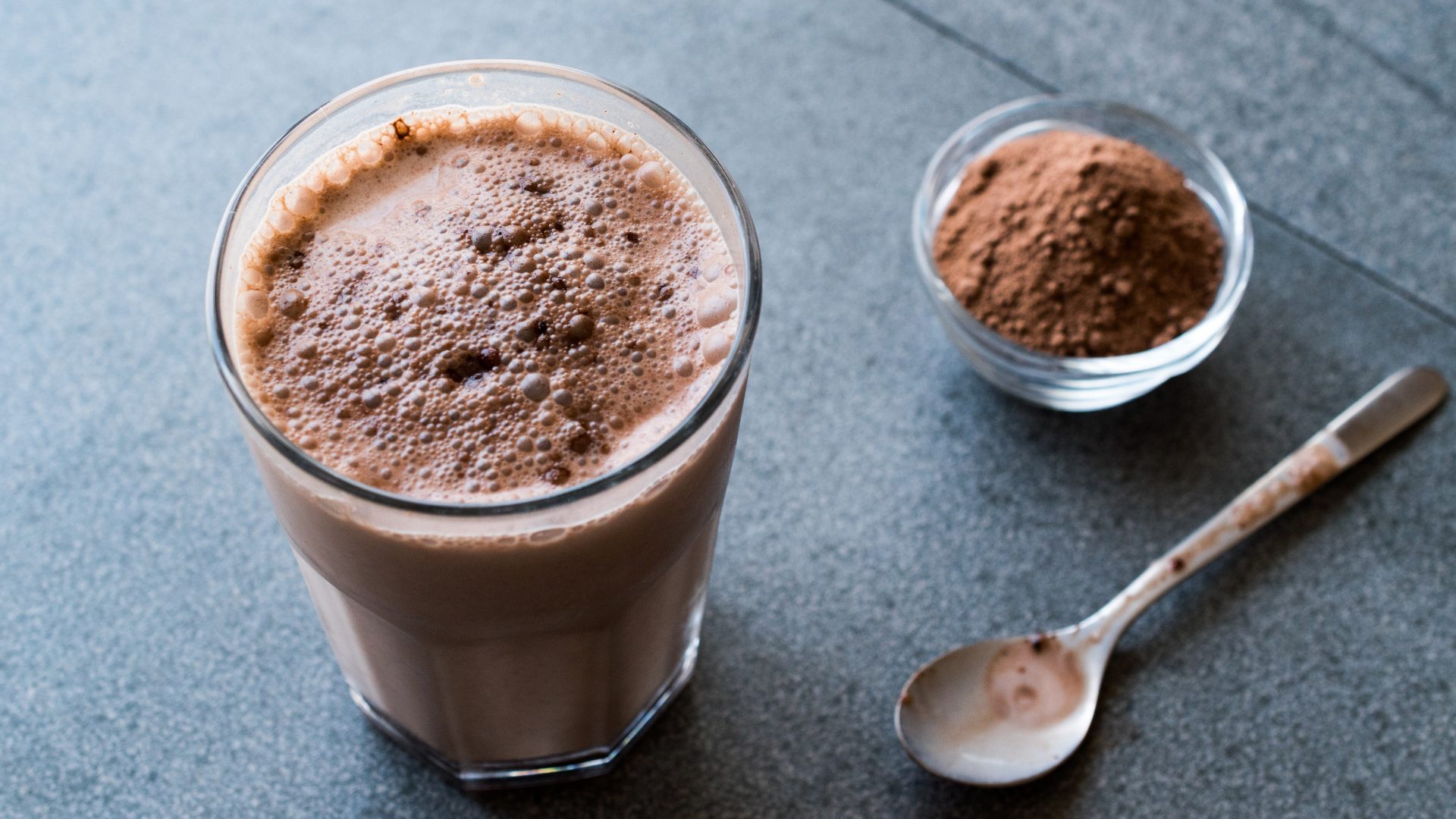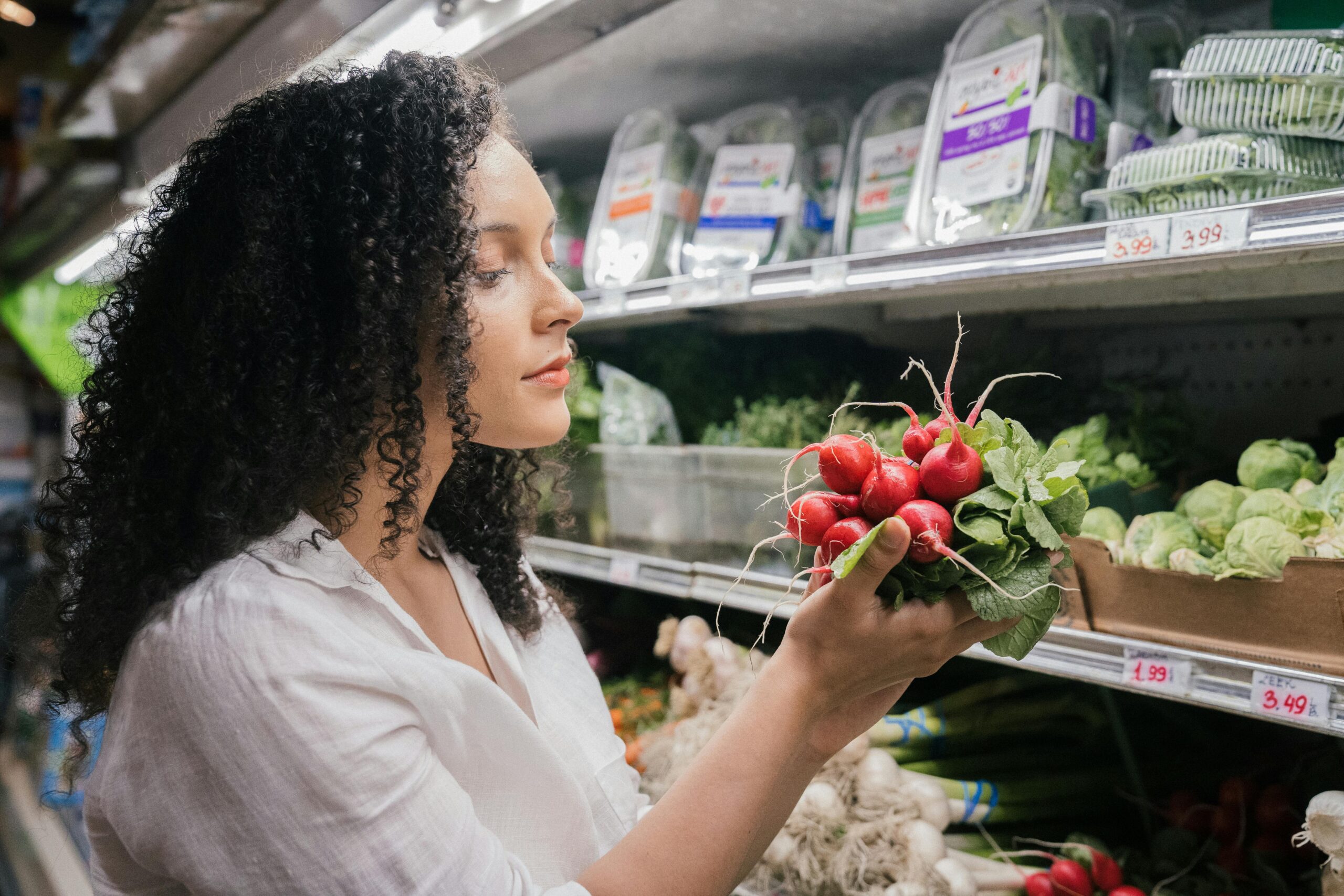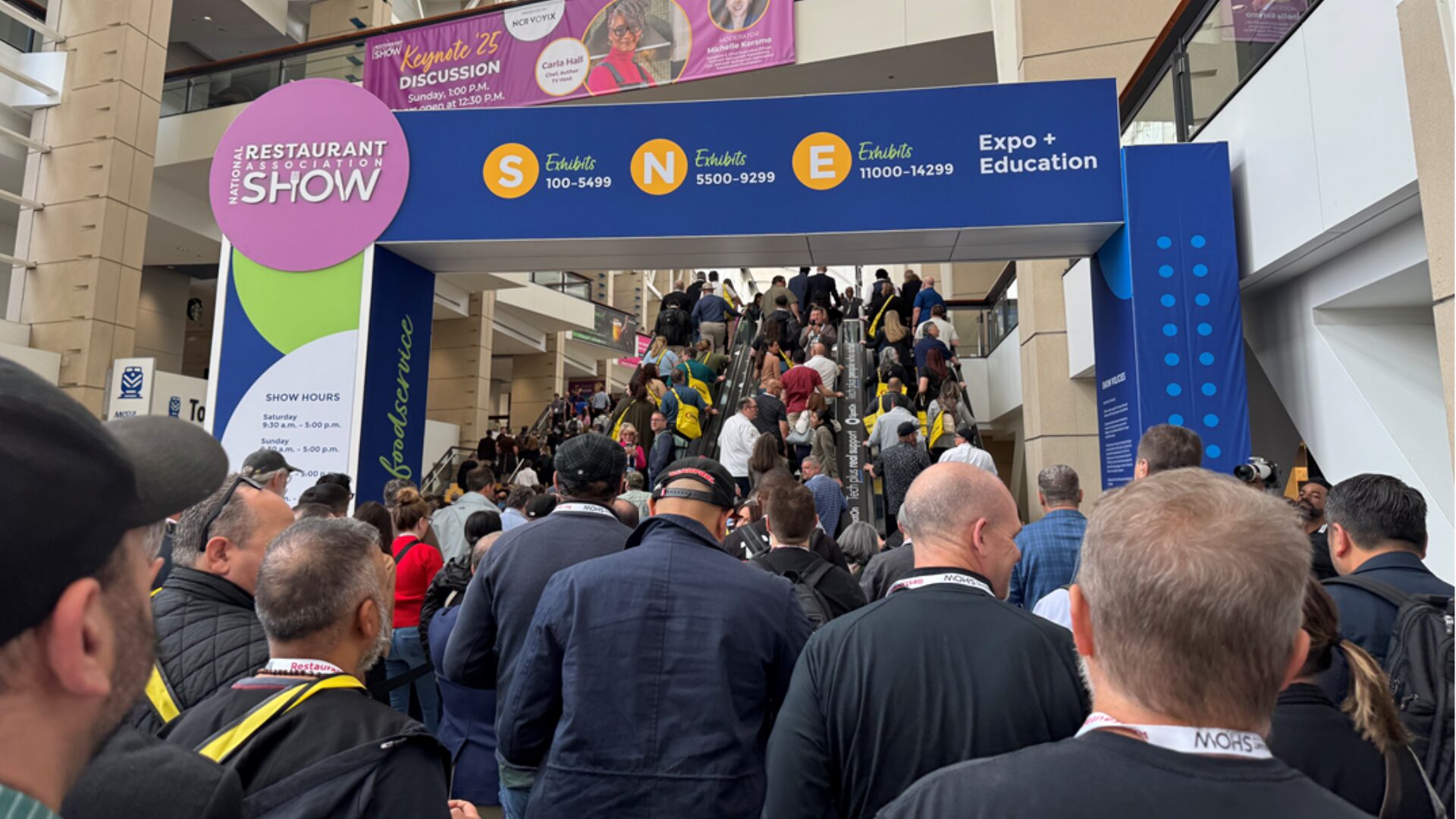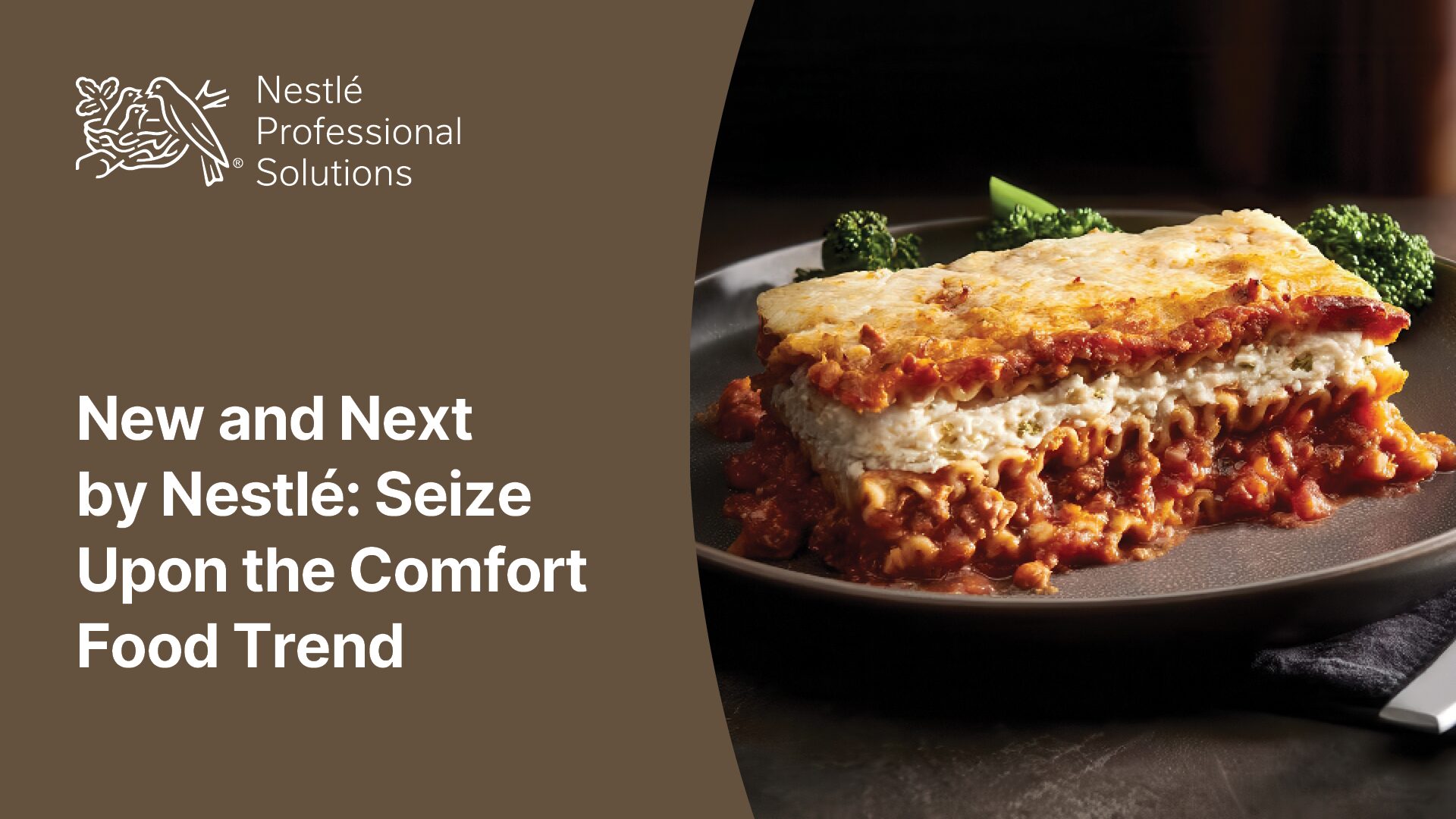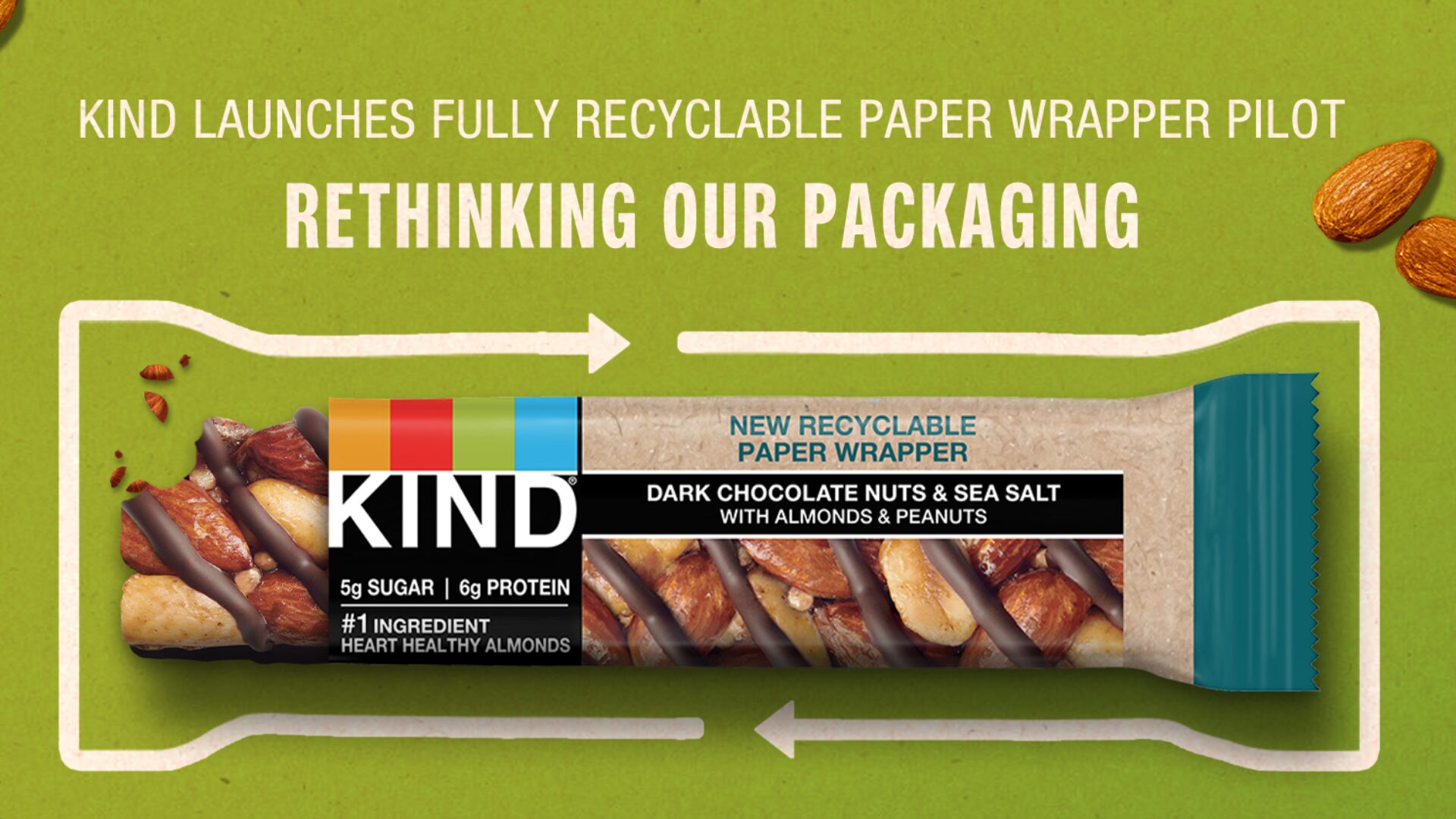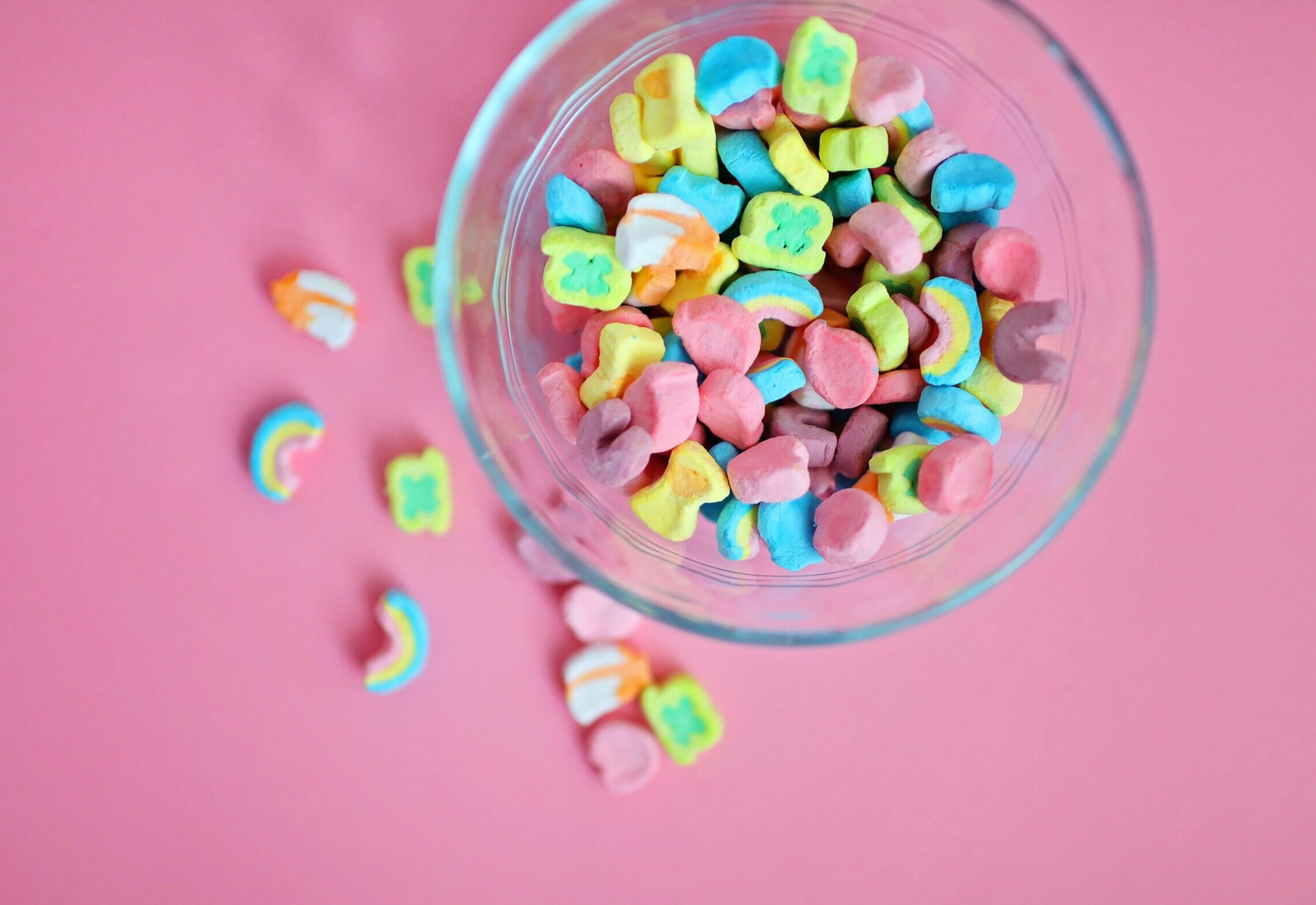With 60 million plastic bottles ending up in landfills and incinerators daily and microplastics contaminating every part of the environment, the promise of advanced recycling techniques that break the substances down to the molecular level is tantalizing.
But, The New York Times recently reported, the reality has not lived up to the hype, and the mountains of discarded plastics just keep growing.
Companies like Nestle and L’Oreal have promised to stop using plastic that can’t be recycled by next year, and Procter & Gamble has promised that by 2030, it will cut by half its use of virgin plastic resin made from petroleum.
But the companies that have promised to make all of this possible have yet to process more than a fraction of the polypropylene they have pledged to recycle, the Times reported.
Ditte Vind, who chairs the Danish Design Council and is known for her views on sustainability, told The Food Institute that companies “must share responsibility for the entire lifecycle of packaging, from collection to sorting and repurposing.”
Some 7.8 billion tons of plastic was generated between 1950 and 2015, of which just 9% was recycled, 12% was incinerated and the rest deposited in landfills, a National Institutes of Health study found. The plastic has found it’s way into our oceans and soil, contaminating the food chain.
Many experts feel a complete rethinking of packaging is necessary to get the situation under control, and that’s unlikely without the government stepping in.
Obstacles to Overcome
Alison Keane, CEO of the Flexible Packaging Association, said it all comes down to infrastructure investment to modernize the recycling system.
“The U.S. recycling system is still focused on readily recyclable curbside packaging and the majority of food packaging does not fit that system,” Keane noted. “While the technology has been around for years, using advanced or chemical recycling for harder-to-recycle packaging, particularly food packaging, is still in its infancy.”
PureCycle Technologies, based in Orlando, Florida, has a $500 million plant that was supposed to open in 2020 and handle as much as 182 tons of discarded polypropylene – such items as single-use yogurt cups, coffee pods and clothing – daily. Instead, the Times reported, the plant has faced technical issues and shareholder opposition.
Agilyx and Americas Styrenics joint chemical recycling facility in Tigard, Oregon, is shutting down amid heavy losses, and a plant in Ashley, Indiana, had processed just 2,000 tons of plastics by late 2023, not the 100,000 tons it had pledged to handle by 2021, the Times noted.
For plastic recycling to become a true catalyst for environmental improvement, a fundamental shift must occur in packaging design, Vind said, adding:
“Embracing mono polymers over composite materials lays the foundation for more efficient recycling processes.”
Vind said forward-thinking companies must “recognize that true impact hinges on comprehensive process optimization [and] innovative packaging design.”
Adam Middleton, marketing manager at Packaging Supplies, told FI the U.S. should take a page from Australia, Canada and the U.K. by banning the sale and import of plastic.
“In the U.S., some states such as New York and California have implemented plastic bag bans, but this isn’t actively enforced and many retailers ignore the ban,” Middleton said. “There needs to be a greater focus on taxing the big offenders of plastic production and encouraging reuse initiatives where possible.”
He also recommended incentives to encourage “eco-friendly alternatives such as biodegradable, recyclable or compostable packaging materials – (which are) essential for creating a more sustainable approach that focuses less on plastics.”




